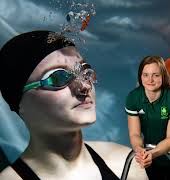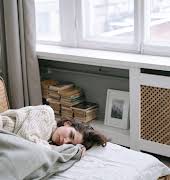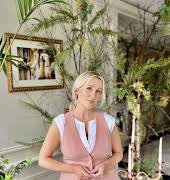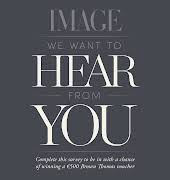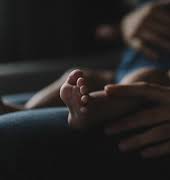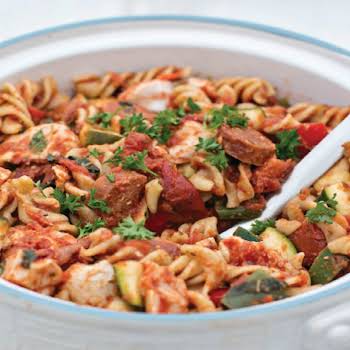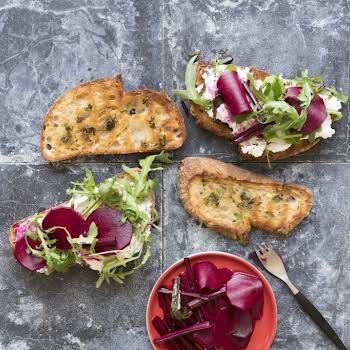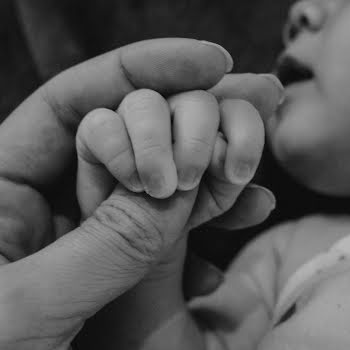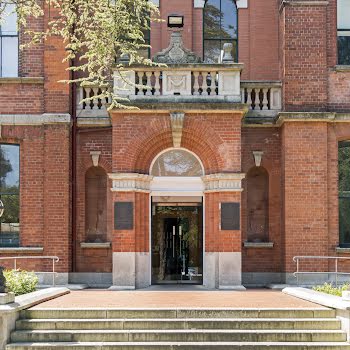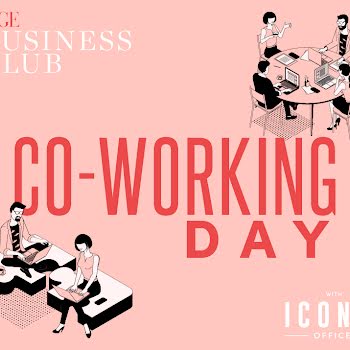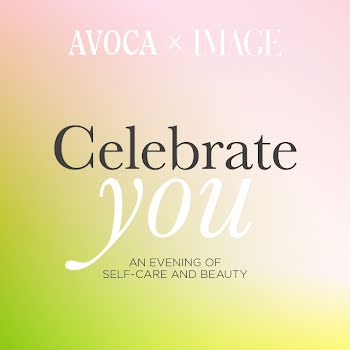
World Osteoporosis Day: ‘You’d wonder if the pain was ever going to improve’
By Jennifer McShane
20th Oct 2020
20th Oct 2020
Recent research, conducted by Teva, has revealed that more than a quarter (28%) of those aged 65+ claim that the COVID-19 pandemic has had an impact on their ability to exercise while one in seven (14%) stating that the pandemic has impacted negatively upon their ability to gain access to support services.Exercise plays a vital role in bone health and osteoporosis prevention and treatment, making it even more important that people aged 65+ are able to remain physically active at this time. With fractures affecting one on three women and one in five men over the age of 50, Kathryn O’Connor from Cork speaks about her experience to help raise awareness
Kathryn explained she is a retired ICU nurse, and has had a long history of low back pain. Described as a bad Nurse’s back, she says “we’d be doing all sorts of pulling and lifting that you’d never do these days!”
Prior to her Osteoporosis diagnosis, she says would get pain relief or steroids injections for back pain which only masked the issue. “I would get pain relief, and I would recover and I’d go back to work and everything would be fine. And while I was having this pain, it just not was not getting better.
“I was going to physio, I was on to my GP and I had pretty strong medications, but I wondered was else something going on? So contacted my back consultant. And he ordered an MRI and it turned I had a number one fracture, and I didn’t know I had a number one fracture!” she explained.
She explained she has had two vertebral fractures (treatment aimed at stabilising the fractures) since 2016, including a vertebroplasty in 2018 and insufficiency fractures of her bilateral pelvis diagnosed in October 2019. Her fractures were all “non-traumatic” though she says every one was extremely painful.
“Another MRI showed I was lacking in bone density, which I believe now because I was in terrible pain just walking, I was actually waddling I was in so much pain. But specifically, I tried to keep up my mobility, because my GP was really afraid that I would just stop being busy,” she said, explaining that she was always active and busy.
“After all this, I improved and I continue to medication to take care of it. And I kind of just got on with it,” she continued. “But was really tough at the start, you’d wonder if the pain was ever going to improve. But you readjust and take exercise classes and you just try to be careful, you try to adapt because the pain can come even if you’re doing simple things like standing cooking for a long time. I try to be on top of the pain.”
Awareness
Throughout all of what Kathryn has gone through she has remained active, paced herself and has also worked on strength and balance – pacing herself. She successfully negotiates that path between physical challenges due to pathology and deconditioning due to inactivity and/or fear, but says more awareness is needed of Osteoporosis.
“I think we need people at my age, I’m 66, in the same way, they go to their mammogram at 50 to 60, they need to be in touch with their GP to have the check and be aware of pain that is going on for ages – that it could be something else.
And it’s to be aware of all the sensible things you can do if you do have Osteoporosis, wearing the right shoes and slippers and being aware of damp or slippy surfaces. And diet, protein is very important for in your diet as you get older – making sure you have it twice or three times a day.”
What else can you do to help?
Sinead Curran, a private practice physiotherapist offers the following advice:
For those with osteoporosis, safety when exercising is essential. And so is enjoyment!
There is no one size fits all – everyone has different general health concerns, different falls risks, different muscle strength and different fragility fracture risks.
Take care before you start. I would usually advise anyone with an increased risk of breaking a bone to talk to a chartered physiotherapist before engaging in an exercise programme. A prescribed programme of muscle strengthening work, balance activities and bone-building exercise will ensure your programme is safe for you and will actually to achieve your goals.
Visit your GP. If you have general health concerns (heart/ kidney/ diabetes etc), speaking to your GP is probably also advisable.
In the meantime, as this pandemic lingers on and services are harder to access, she says there is still plenty that you can do:
Avoid falls – lift rugs at home, tidy away flexes and remove and slip or trip hazards – even the rug you really like that you rarely walk on!
Make sure that your house is well lit – think about how quickly we are now going from day to dusk at the moment. Particularly important is your route the bathroom at night. Make sure it is lit before you start moving with no hanging bed linen etc.
Look at your physical activity levels and how sedentary you are. Move – just move – don’t worry about where you are going – walk on the spot. Do this regularly throughout the day. The impact of walk on the spot will help bones, muscles and all other major body systems.
Simple exercise. Walk up and down your driveway regularly or somewhere you are safe – it doesn’t have to be far. Use walking poles if your balance isn’t great. Doing sit to stand from a solid chair that won’t slide from under you can help build your leg strength – do enough for your legs to start to feel a bit tired.


